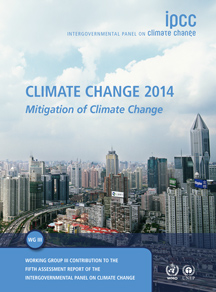A Palo Alto law that requires new single-family homes to come rigged for electric vehicle chargers could soon be extended to other developments.
The City Council's Policy and Services Committee is slated to review a similar ordinance that would apply to new hotel, multifamily and commercial developments.
Conduits for electrical wiring would be required for multifamily developments with "tuck-under garages" or other individual attached parking. Otherwise, one EVSE-ready outlet would be required for each housing unit; in addition, equipment capable of charging a vehicle at 30 amps or higher at 208 or 204 volts would be required for a number of resident parking spaces equal to 5 percent of the total housing units in the development.
Five percent of guest parking spaces at multifamily developments must have charging equipment and 20 percent a conduit. The same standard would apply to commercial developments.
As for hotels, 10 percent of spaces must have charging equipment and 20 percent a conduit.
The proposed ordinance was requested by the council in December, when it approved a law that requires builders of new single-family homes to install conduits. Peter Pirnejad, the city's development services director, said at the time that he expected the law to add $500 to the cost of a new home. [San Jose Mercury News]
Some state laws are looking to improve the situation. The most ambitious was California's AB 1092, which passed near the end of 2013. It requires that at least three percent of parking spaces in multi-family buildings, and 10 percent in offices and non-residential buildings, have an outlet. Colorado's SB 126 has also passed, though it's less ambitious: merely clearing out legal and administrative hurdles for anyone in a multi-family residence who wants to install an outlet in their parking space.












